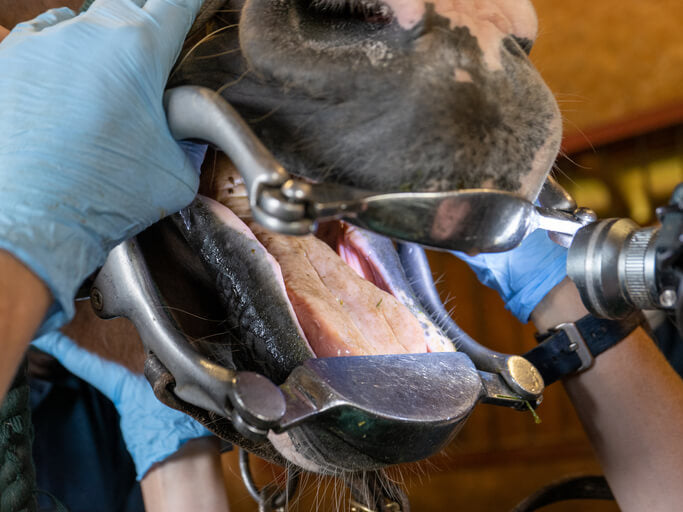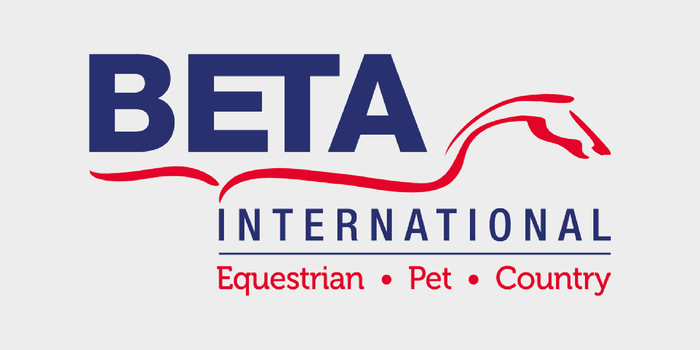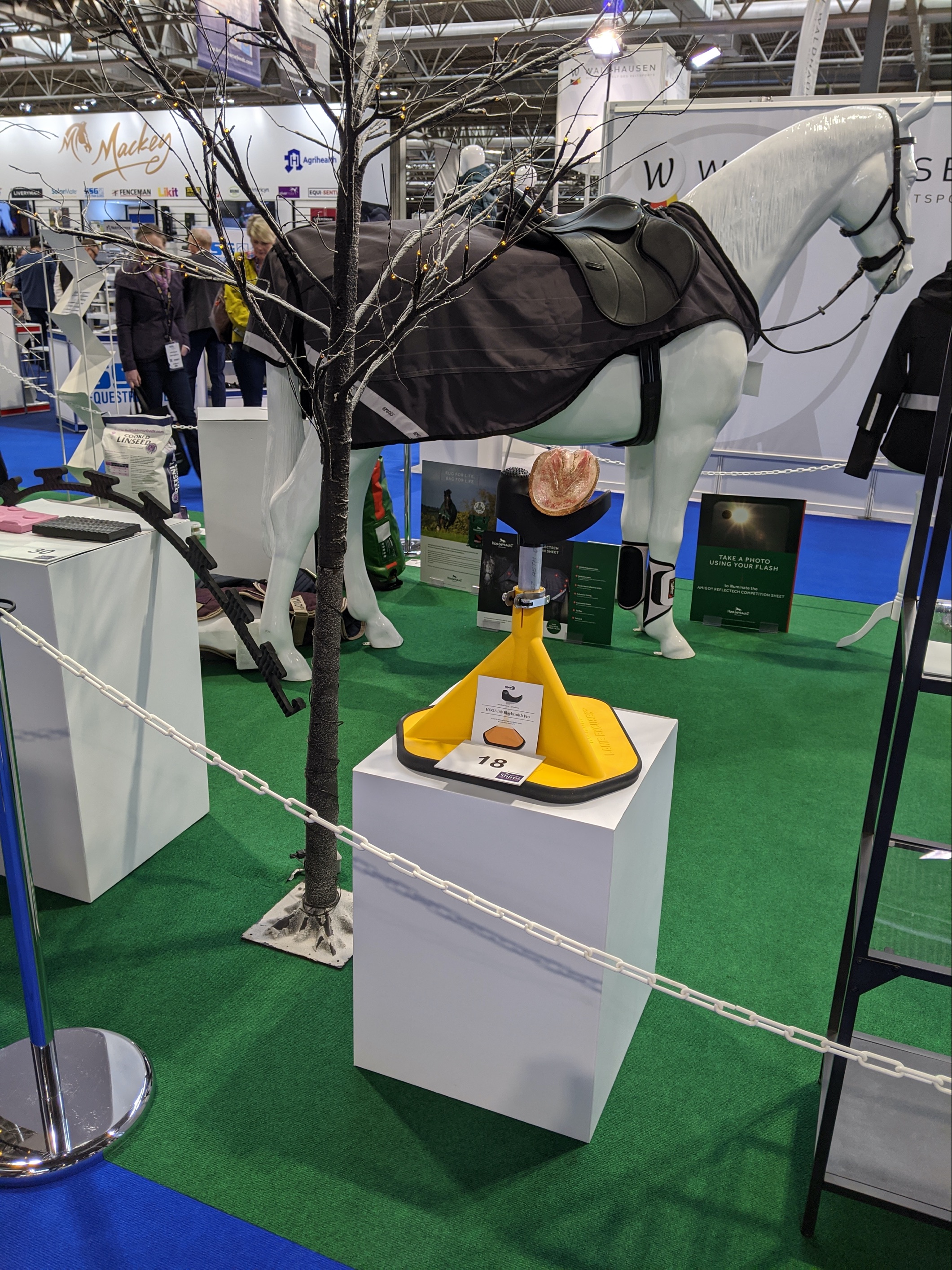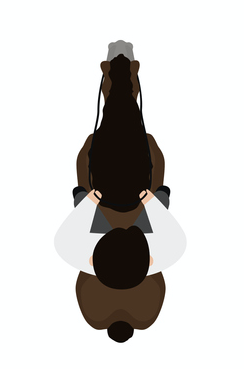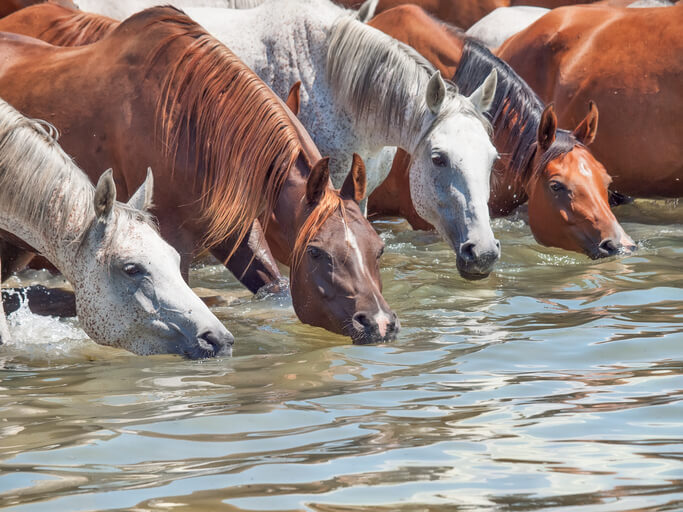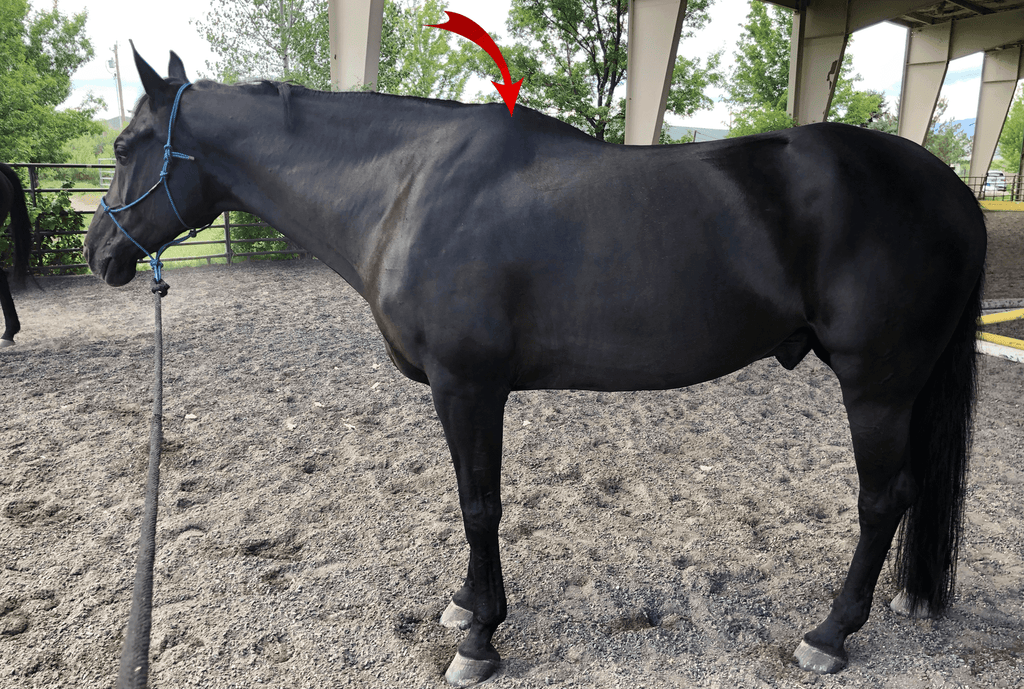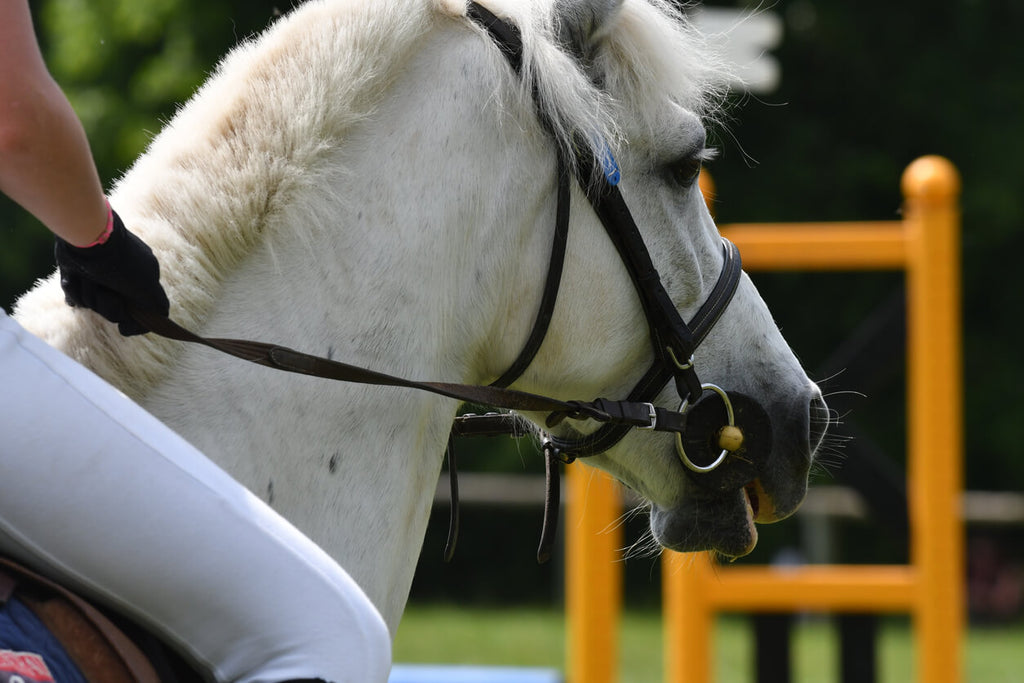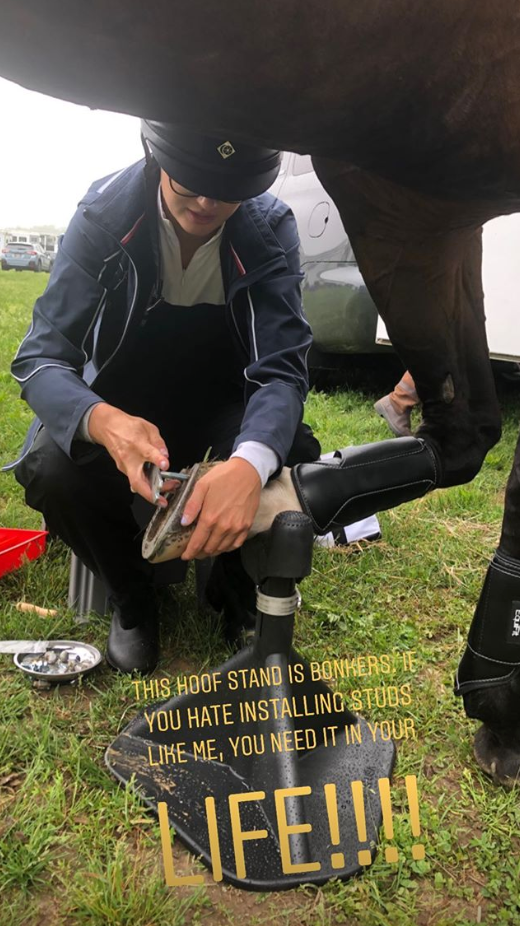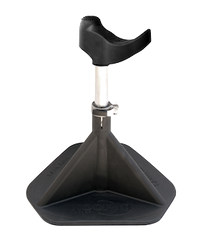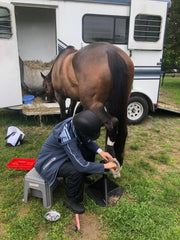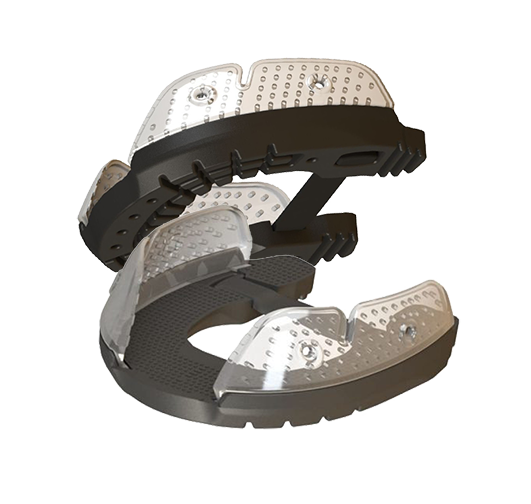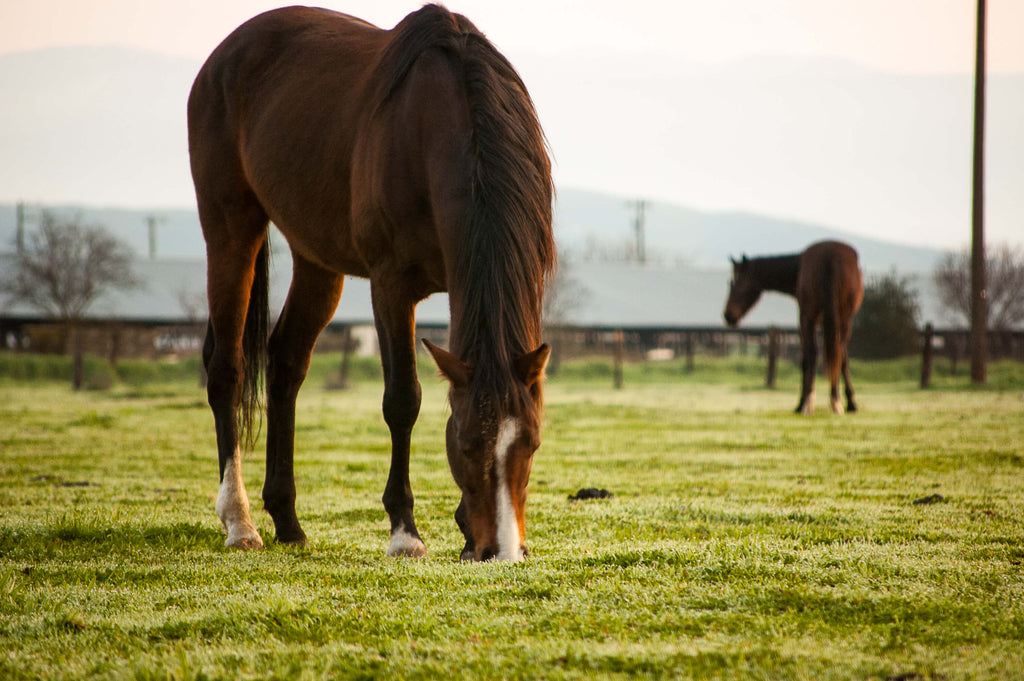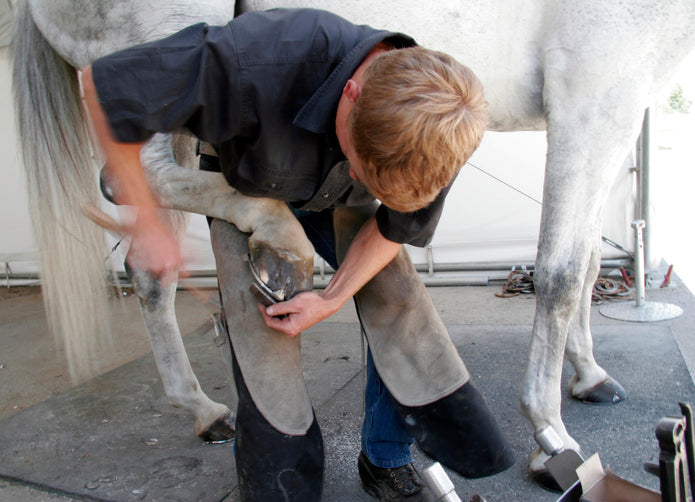Choosing the right Farrier for your horse is detrimental to having a sound, well working, happy horse and it can be a hit and miss selection process. Although most Farriers advertise their businesses, they really build their business from referrals and word of mouth. As easy as it sounds to just pick one, how do you know you are getting the right one for the job?
Referrals from other horse people do give some value to the farrier, but is it truly warranted and does it apply to your situation? Are they being selected for their ability, skills and knowledge base? Or, are people choosing them because they are friendly, reasonably priced and reliable? Maybe they are being chosen because they have been in the business for 25 years? I don't know about you, but I've had a Farrier or two that had 25+ years of experience, but still couldn't get my horse's feet right.
While being friendly, priced well and reliable are all great traits, there is more to the art of caring for horses feet than that. Here are some things you may want to consider when searching for the right Farrier.
Someone who has their certifications
While certifications are not generally required in the US, many Farriers will voluntarily test for them with the American Farrier Association (AFA). While there are many great Farriers that don't have any certifications, when choosing someone new, it's a good idea to look for someone who has earned the AFA's Certified Farrier or Certified Journeyman Farrier credential.
Someone who understands the options and will help you determine the best one
The way your Farrier chooses to address your horses feet should always be to look at numerous ways to get the job done. There are many different options when deciding how you will trim and shoe your horse. One way may work better than the others depending on your situation.
Someone who is willing to refer you to another source if necessary
It is good to work with a Farrier that knows horses, but you should be wary of someone who thinks they know everything and isn't willing to get another opinion if need be. If your Farrier isn't ever willing to say "I don't know", means they may not be the one for you. Some situations may require a specialist or just another set of eyes to see a problem in a different light.
Someone who takes the time to do the job right
Of course, you want someone that can get the job done in a timely manner, but this isn't always the most important task at hand. You don't want your Farrier looking at your horse as if he's just another set of hooves. Some situations will require them to recognize if there's a problem above the feet. Make sure your Farrier is addressing the horses individual needs and that each horse is unique, not a cookie cutter design.

Someone who is passionate about what they do and pursues their education
When people are passionate about what they do, they will continue to pursue being better today than they were yesterday. Good Farriers will take the time to work with other good Farriers and network with each other. They will further their education and make sure that they are up on the latest ways to trim and shoe. They will know how to address problems and spot them early. This kind of continuing education and knowledge makes them a valuable asset.
And last but not least,
Someone who has some knowledge and understanding of your discipline
Your Farrier may not be an endurance rider or show jumper, but if they understand a little bit about the demands of your particular discipline and what it takes to accomplish it, they will be an asset to you and your horse. They will understand that you don't give someone a pair of hiking boots if they're running a marathon, or a pair of stilettos if you're doing jump shots on the basketball court.
Keeping these things in mind when you go looking for a Farrier to care for your horse will ensure that you find the right fit.
Visit www.hoof-it.com to check out our Blacksmith hoof stand

